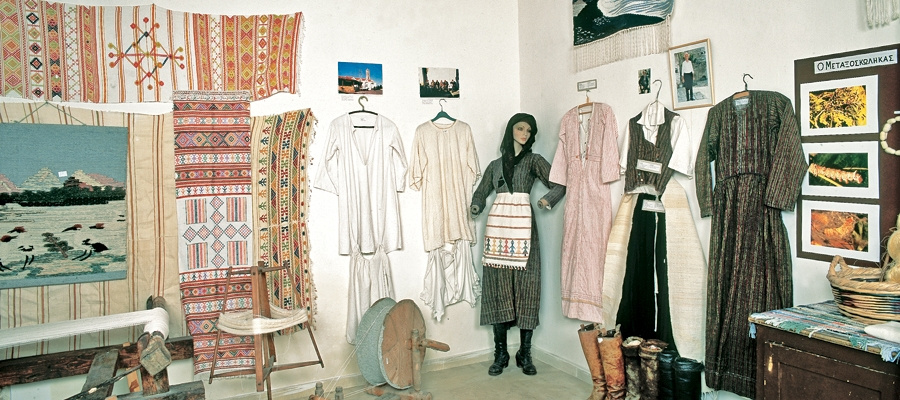
Fyti Weaving Museum
The Fyti Weaving Museum exhibits examples of the village’s famous woven textiles, and demonstrates how the craft has been practised in the village since Medieval
You are here: Home » Discover Cyprus » Culture » Page 8
Cyprus is a small island with a long history and a rich culture that spans 11.000 years, making it one of the oldest civilisations in the Mediterranean – as evidenced by the many fascinating cultural sights, museums, monuments and galleries. Situated at the crossroads of three continents – Europe, Asia and Africa – the island’s unique geographic position has played an important part in its turbulent past since antiquity. Its Prehistoric Age inhabitants were joined 3,500 years ago by the Mycenaean Greeks, who introduced and established their civilisation, thus permanently instilling the island’s Greek roots. Many other cultures followed thereafter, including Phoenicians, Assyrians, Egyptians, Romans, Franks, Venetians, Ottomans and British, who all left behind visible remnants of their passage, and have thus created a mosaic of different cultures and periods. As such, the island is an open-air museum of prehistoric settlements, classical Greek temples, Roman theatres and villas, Early Christian basilicas, Byzantine churches and monasteries, Crusader castles, Gothic cathedrals, Venetian fortifications, Moslem mosques, and British colonial-style buildings. The old ways of life, customs and traditions are still beautifully preserved in the rural villages, and interesting elements of the island are captured in the many museums and galleries. It is not surprising then that UNESCO includes a number of the island’s sights on its list of World Heritage Sites. Whilst the preservation of historical sites and riches is of the upmost priority for the island, these efforts are in stark contrast with the unfortunate reality that a large part of its cultural heritage remains under Turkish occupation since July 1974, and has been subjected to severe damage. But when visiting Cyprus, you will never have to look far to find a piece of its history and culture, whether you want to discover more about the traditions of the island, or immerse yourself in its captivating past.
For the 11000 Years e-brochure click here (pdf)

The Fyti Weaving Museum exhibits examples of the village’s famous woven textiles, and demonstrates how the craft has been practised in the village since Medieval
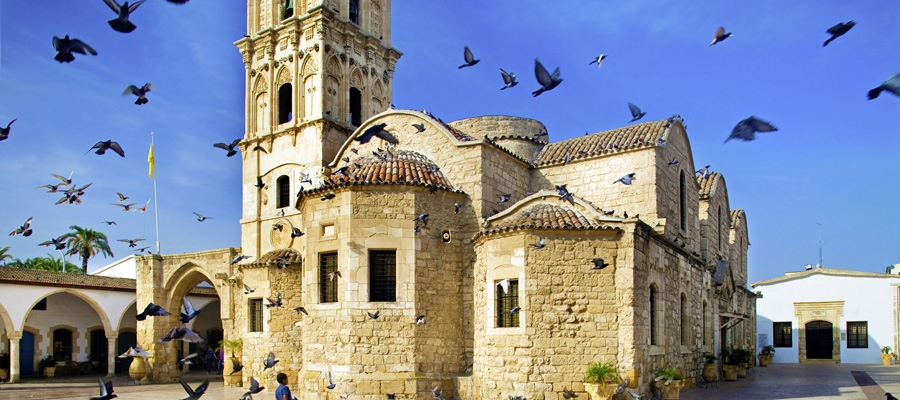
Located in its own square in the centre of town, the magnificent stone church of Agios Lazaros is one of the most remarkable examples of
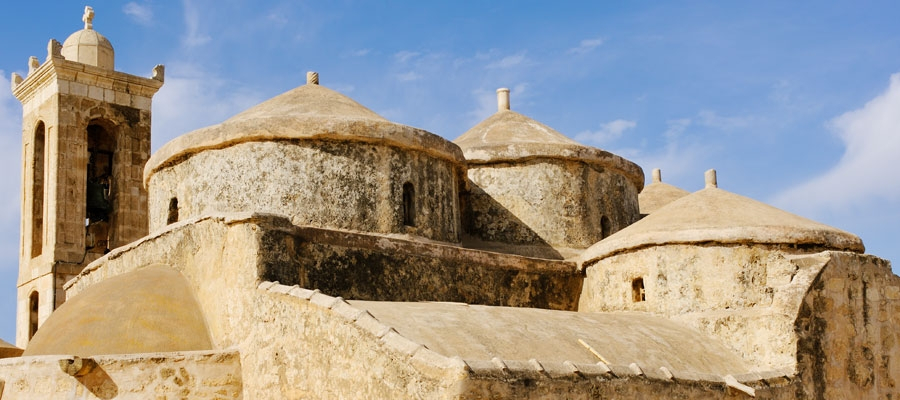
Located in the village of Geroskipou, this interesting 9th century Byzantine church is a five-domed, three-aisled, barrel-vaulted basilica, making it one of only two such
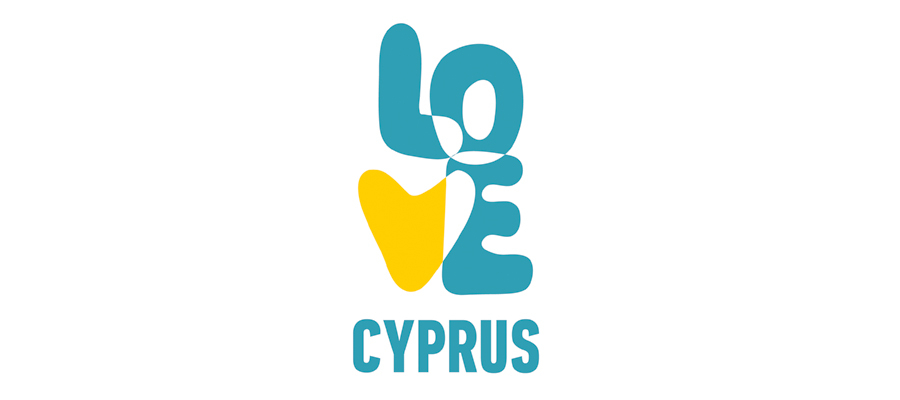
The Folklore Museum in the village of Aradippou was founded in 2007 as a centre for preserving, researching and promoting Cypriot Folklore Tradition. Housed in
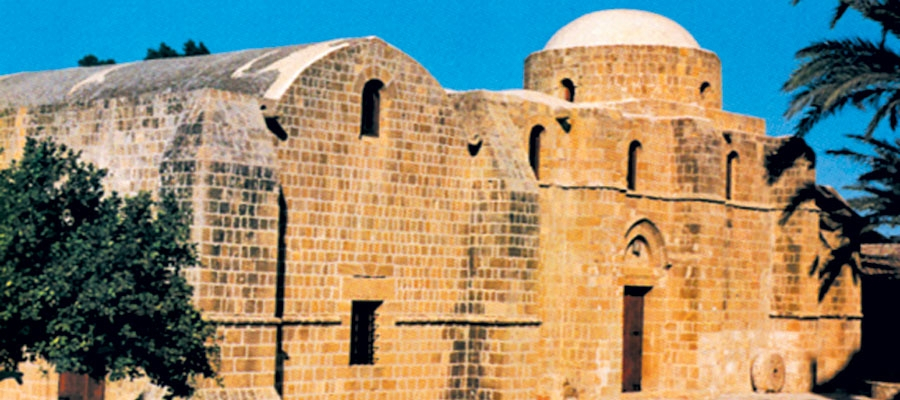
Located along the Lefkosia (Nicosia) – Anthoupolis Road, the church of the convent dates back to the Byzantine period and was founded by Archbishop Nikiforos,
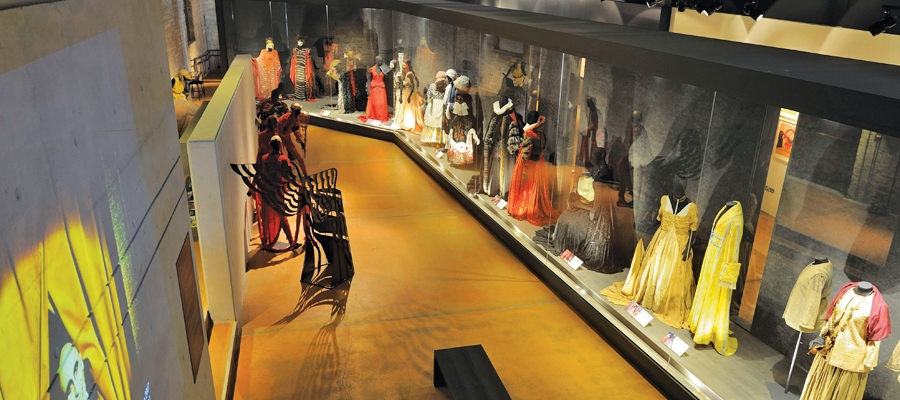
The Cyprus Theatre Museum is located in the Panos Solomonides Cultural Centre and opened its doors in 2012. The museum is divided into thematic sections